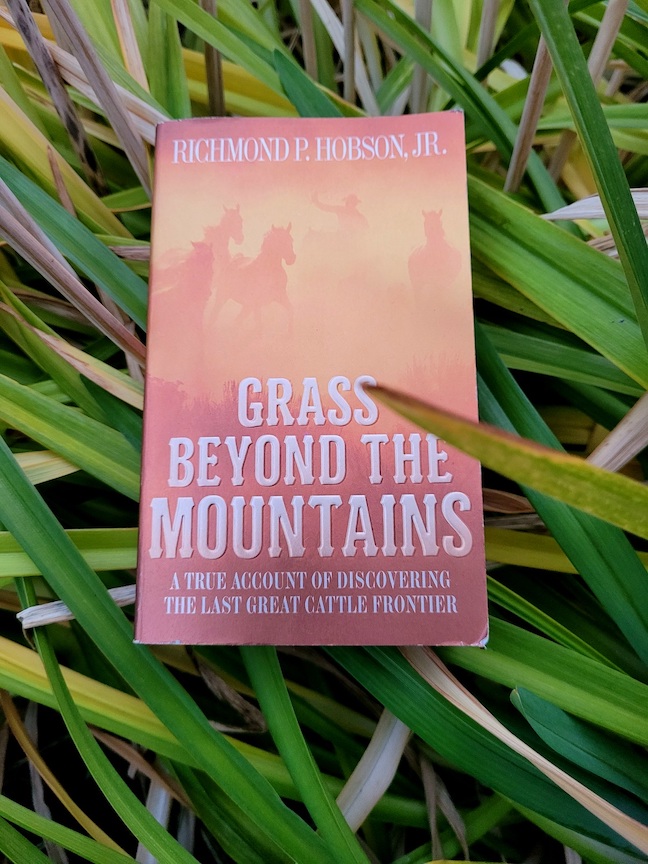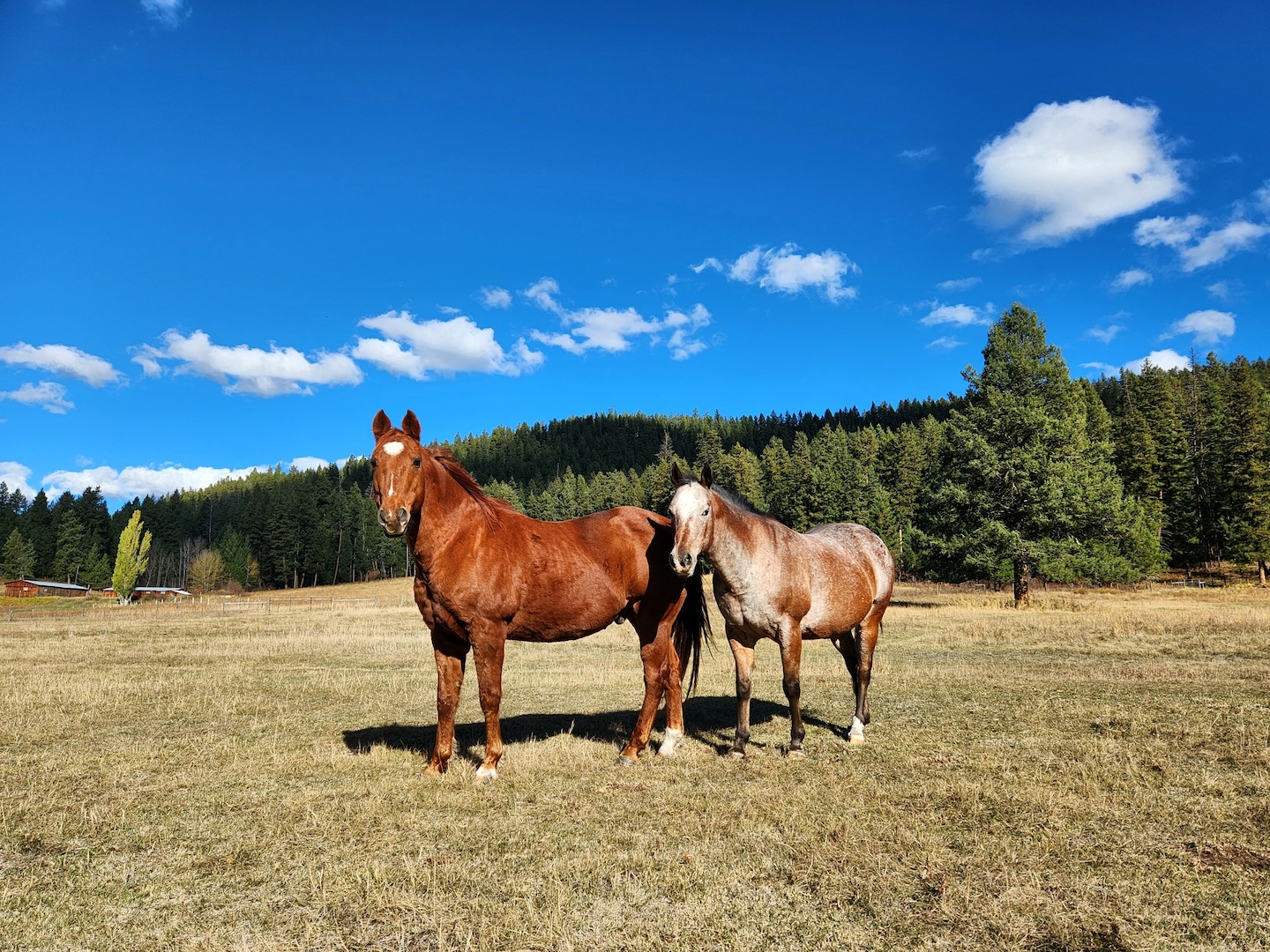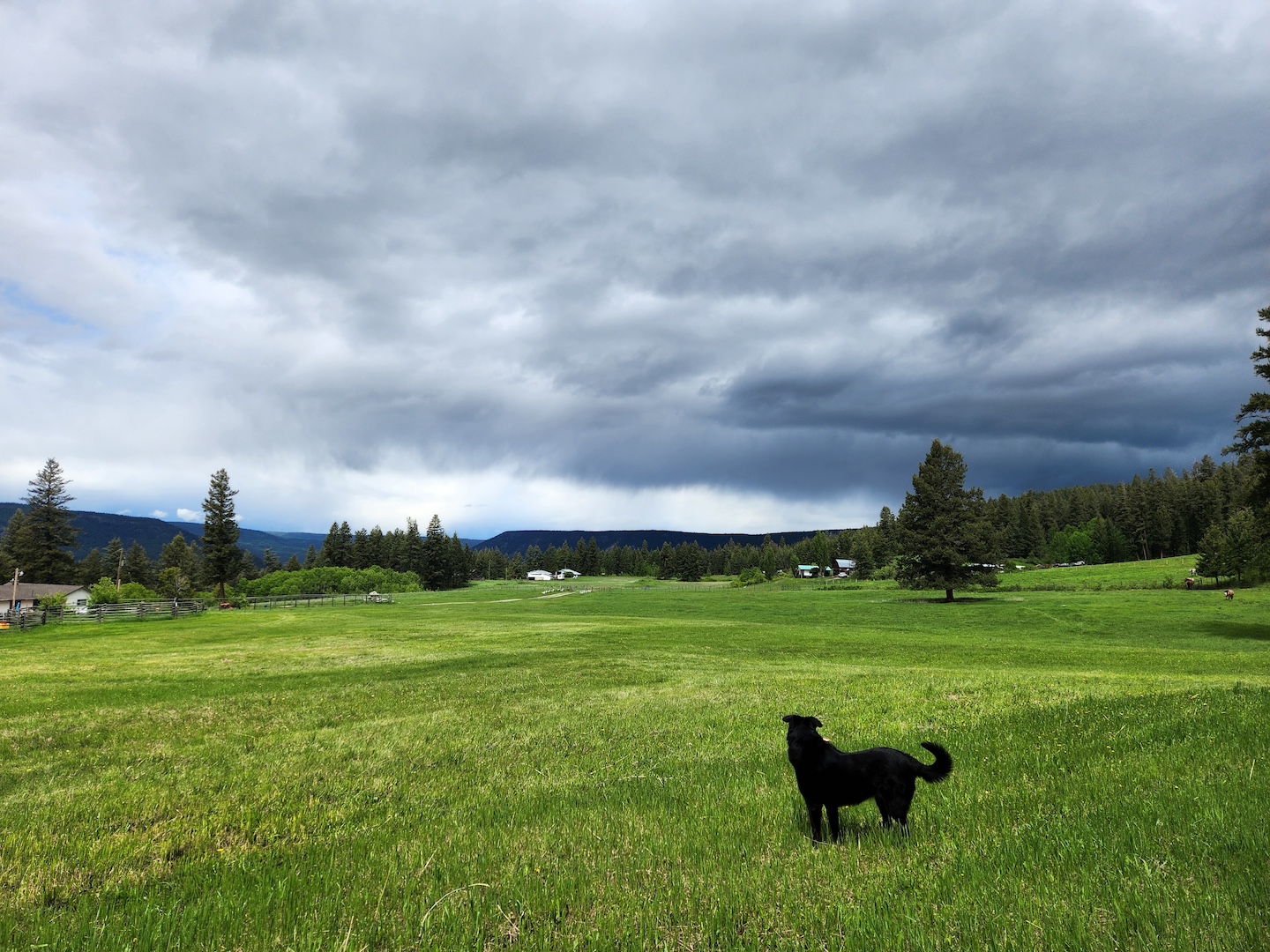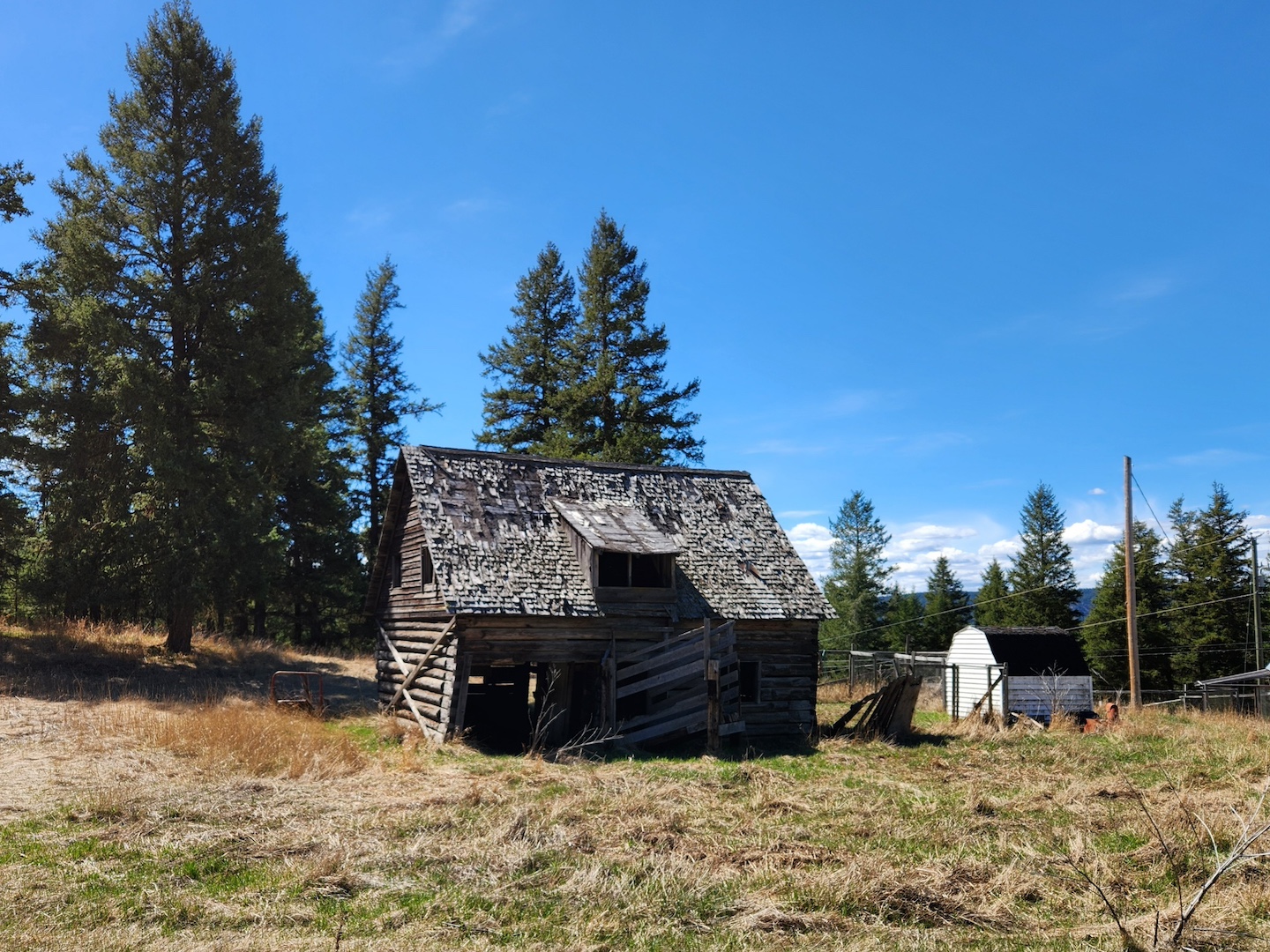Author: Richmond P. Hobson, Jr.
Published: 1951
Mood: If you like your non-fiction to be more like a really epic piece of fiction narrated by your rancher grandpa who is a fantastic storyteller but sometimes says racist things.
You know how sometimes the right book finds you at just the right time? Grass Beyond the Mountains was that book.
For the last year I was renting a house at a ranch in the Cariboo region of B.C., also known as the Chilcotin country after the Tŝilhqot’in First Nation people. I was glad to leave Vancouver, but I didn’t feel any kind of connection to the area until we bought a house two months ago. I suddenly got super hungry to learn the local history.
Unfortunately, I started with A Wilder West, a deeply informative but painfully dry history of rodeo in Western Canada. That killed my history buzz for a bit.
THEN I heard about Grass Beyond the Mountains, written by one of the first ranchers to explore and settle in the deepest, wildest part of the Chilcotin. I was hesitant to pick it up because of my last non-fiction experience, but holy shit am I glad I did. It’s everything I wanted and more.
If you want a captivating piece of literary non-fiction that’s full of naughty horses and thrilling adventures in ranching – this is it.

Grass Beyond the Mountains starts in the early 1930s. I always have a hard time wrapping my head around the fact that nearly every U.S. cowboy story takes place in the late 1800s, yet by the ‘30s Canada still had vast amounts of land that white people hadn’t taken over. But every so often in this book, somebody would use a lighter or a camera and that realization would hit me yet again.
Author Rich Hobson was twenty-four years old when he left his job as a New York real estate agent, and headed off to be a cowboy in Wyoming. Two years later he met Panhandle ‘Pan’ Phillips, who knew of a magical, grassy place in Canada that would make perfect ranch land. Armed with basic supplies, a decrepit Ford, and Pan’s infamous “there’s nothin’ to it” attitude, they set off.
About one chapter in, I had to flip to the cataloguing page to confirm that I was reading real and honest Canadian history. It didn’t seem possible; this book is so light and fast yet richly detailed that I was only ever aware of its nonfiction-ness when I read names of places I’ve been or seen on highway signs.
Rich and Pan finally reach a point where the car won’t go any further, so they have to trade it for horses. They build their first cabin based on misconceptions about B.C. winters, and are rescued by a local rancher. They spend some time learning, trading, buying, and bunking with the few locals, build up a team of horses, then depart on their grand mission – to find the grassy, unmapped land beyond the mountains.
The rest of the book is a mixture of little victories and terrifying ordeals as they inch forward, experiencing the dangers of the B.C. Interior like nightmarishly cold winters, muskeg swamps, angry wildlife, and mosquitoes.
![]()
Grass Beyond the Mountains is basically like Louis L’Amour on steroids.
The land is described so well that you can picture even the things you have never seen or heard of and would have to Google. Hobson paints you pictures of every mountain, swamp, jackpine forest, and species of grass.
The big action ranges from near-death experiences in swamps to near-death experiences in blizzards and near-death experiences being chased by wolves and moose… Hobson doesn’t shy away from admitting all the mistakes they made along the way, capturing them in glorious detail.
- Aside: It’s actually hard to believe that Hobson died at 58 of a heart attack, after surviving everything he did.
The personalities of each person (and animal) are so distinct and flavourful that you can picture exactly how it would play out in a made-for-TV movie.
- Rich sometimes seems naïve, but he has an indomitable spirit and self-deprecating humour that you can’t help but enjoy
- Pan likes to give grand speeches and never admits when he’s wrong, but it’s his gruff cowboy manner that makes the whole thing feel so Western
- Nimpo, Rich’s horse, deserves an entire series just about him; in a movie he’d be played by a descendant of Ott, the snarky horse who tormented Kirk Douglas in The Villain
My favourite parts were the escapades of Nimpo and the two old-dude horses, Old Scabby White and Old Joe. When the horses started playing pranks on Rich, I was laughing my ass off.
When I realized I was just 10 pages from the end, I was so fully engrossed and not ready to let go of the story that I almost picked up the second book right away. Oh yes, it’s a trilogy. The second book, Nothing too Good for a Cowboy, was made into both a TV movie and a TV series. Ryan Gosling is in the TV movie.
![]()
The only downside is that on occasion, Hobson casually says something racist. He writes highly favourable things about almost every First Nations person in the book, but has one dark encounter with people from a remote Interior tribe whom he refers to as ‘savages’, and focuses on unflattering physical descriptions. There’s also a guy with a horse whose name is the ‘n’ word.
With that said, I still highly recommend Grass Beyond the Mountains for anyone who loves rich cowboy adventures, horses, or who lives in Chilcotin country. It’s a seriously awesome piece of storytelling, and not to be missed. It was originally published as a serial in popular Canadian magazine Maclean’s, so you can get a taste for it there.
It’s the kind of book that makes you want to jump on a horse and go exploring and live off the land.
Well, except for the cold. And bears. And moose. And swamps. And mosquitoes…
Okay, maybe it’s the kind of book that makes you want to curl up under a warm blanket with a mug of hot chocolate with Baileys and READ about people who jump on horses and go exploring.


